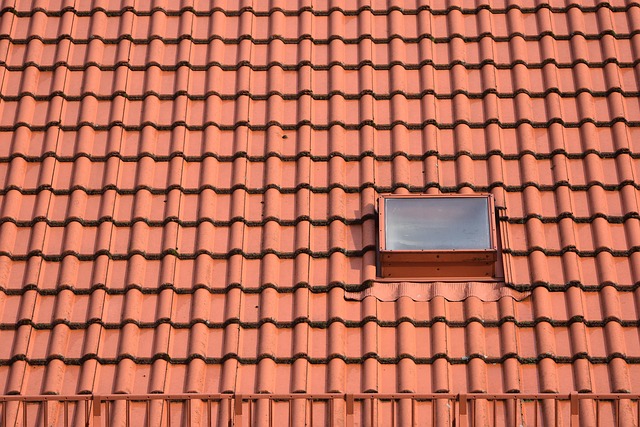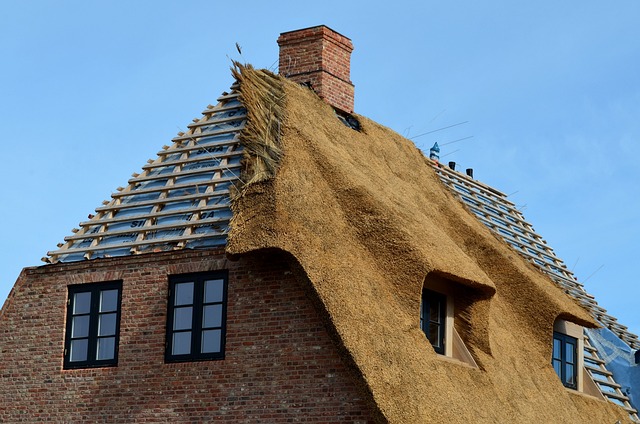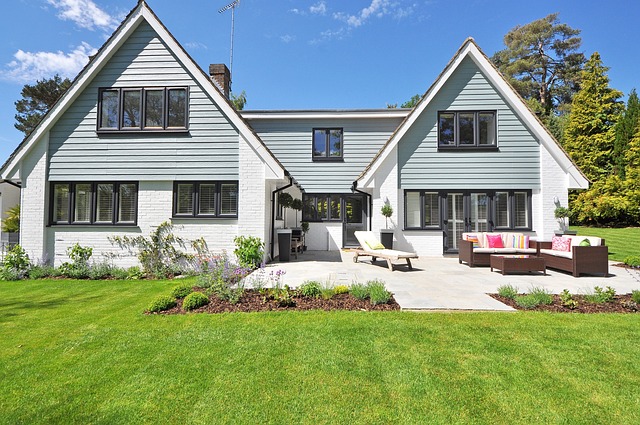In Austin roof repair, identifying and fixing leaks around chimneys and vents is key to preserving your home. Look for signs like dampness or mold growth, then visually inspect for damaged flashing. Professional services employ high-quality materials and advanced techniques to diagnose and seal penetrations, preventing water damage. Regular maintenance, including annual roof inspections and simple measures like ensuring proper flashing, significantly reduces leak risks in Austin's varying weather.
“Struggling with persistent leaks in your Austin home? From chimneys to vents, roof penetrations can be a common source of frustration. This comprehensive guide tackles the heart of the issue, offering insights into identifying and fixing these leaks effectively. We’ll explore the most prevalent causes, providing a step-by-step repair process for a range of issues. Additionally, discover preventive measures tailored for Austin’s unique roofing needs, ensuring your home stays leak-free for years to come.”
- Identifying Leaks Around Chimneys and Vents
- Common Causes of Roof Penetration Leaks
- Fixing Leaks: Step-by-Step Guide
- Preventive Measures for Austin Roof Repair
Identifying Leaks Around Chimneys and Vents

In Austin roof repair, identifying leaks around chimneys and vents is a critical step in ensuring your home’s integrity. Leaks in these areas can often go unnoticed due to their hidden nature, but signs such as dampness on ceilings or walls, mold growth, or strange musty odors can indicate a problem. Visual inspection is the first step; look for any cracks, gaps, or damaged flashing around chimneys and vents. Flashing, the metal or synthetic material that seals joints between your roof and these structures, is a common point of failure. If you notice any damage, it’s important to act promptly as even small leaks can lead to significant water damage over time.
To effectively fix these issues, consider professional Austin roof repair services. They have the expertise to thoroughly diagnose the problem, whether it’s damaged or missing flashing, corroded pipes, or other structural weaknesses. Using high-quality materials and up-to-date techniques, they can ensure that your chimney, vents, and other roof penetrations are sealed tightly against leaks, protecting your home from potential water intrusion and associated damage.
Common Causes of Roof Penetration Leaks

Roof penetration leaks are a common issue that can arise from various factors, often leading to costly repairs and inconvenience for Austin roof repair services. One of the primary causes is poor installation or maintenance of chimneys, vents, and other fixtures penetrating the roof. Over time, these areas become vulnerable to damage due to weather exposure, especially extreme winds and storms. Cracked or broken tiles, flashing that hasn’t been properly sealed, and loose connections can all contribute to water seeping into your home.
Another significant reason for leaks is aging and degradation of materials used in roof penetration. The elements can take a toll on different components, including wood, metal, and sealants. As these materials break down, they lose their effectiveness in preventing water intrusion. Regular maintenance and inspections are crucial to identifying these issues early on, allowing for prompt austin roof repair before a minor problem becomes a major, costly disaster.
Fixing Leaks: Step-by-Step Guide

Fixing Leaks: Step-by-Step Guide
The first step in fixing leaks around chimneys, vents, or other roof penetrations is to locate the source of the leak. Start by inspecting the exterior of your home for any visible signs of damage or moisture buildup. Check for loose or damaged shingles, flashing, or gutters, as these could be indicators. Once you’ve identified the source, it’s time to gather your tools and materials: a ladder, new flashing, caulk, roofing cement, or sealants designed for your specific material (like concrete or metal).
Next, prepare the area by clearing any debris and ensuring the surface is dry. If repairing flashing, carefully remove any damaged or corroded pieces, taking note of their size and placement for replacement purposes. Apply a bead of caulk or sealant along the edges of the flashing or around the penetration, pressing it firmly into place. For chimneys, ensure the cap is secure and in good condition. After allowing the sealant to dry according to the manufacturer’s instructions, test the repair by simulating rainfall to confirm its effectiveness. If Austin roof repair is on your mind, these steps serve as a solid foundation for addressing leaks around common roof penetrations.
Preventive Measures for Austin Roof Repair

Regular maintenance is key to preventing leaks in Austin roof repair cases involving chimneys, vents, and other penetrations. Property owners should inspect their roofs at least twice a year for any signs of damage or wear. Addressing issues early can save costly repairs down the line. Simple measures like ensuring proper flashing around these openings, using weatherstripping to seal gaps, and inspecting and replacing damaged gutters can go a long way in preventing leaks.
Additionally, choosing the right materials during installation or repair is crucial. High-quality, waterproof membranes and seals specifically designed for roof penetrations can significantly reduce leak risks. Keeping vegetation, such as trees and shrubs, away from these areas also helps, as their roots can damage flashing and other protective layers over time. Regular cleaning and maintenance of these openings ensure they remain clear and functional, further mitigating the risk of leaks in Austin’s diverse weather conditions.
When it comes to addressing leaks around chimneys, vents, and other roof penetrations, understanding the common causes and implementing preventive measures is key. Austin roof repair experts recommend a systematic approach, starting with identifying leak sources and following up with efficient fixing techniques. By adhering to these steps and staying proactive, homeowners can ensure their roofs remain secure, durable, and leak-free for years to come, enhancing the overall value and comfort of their properties.
